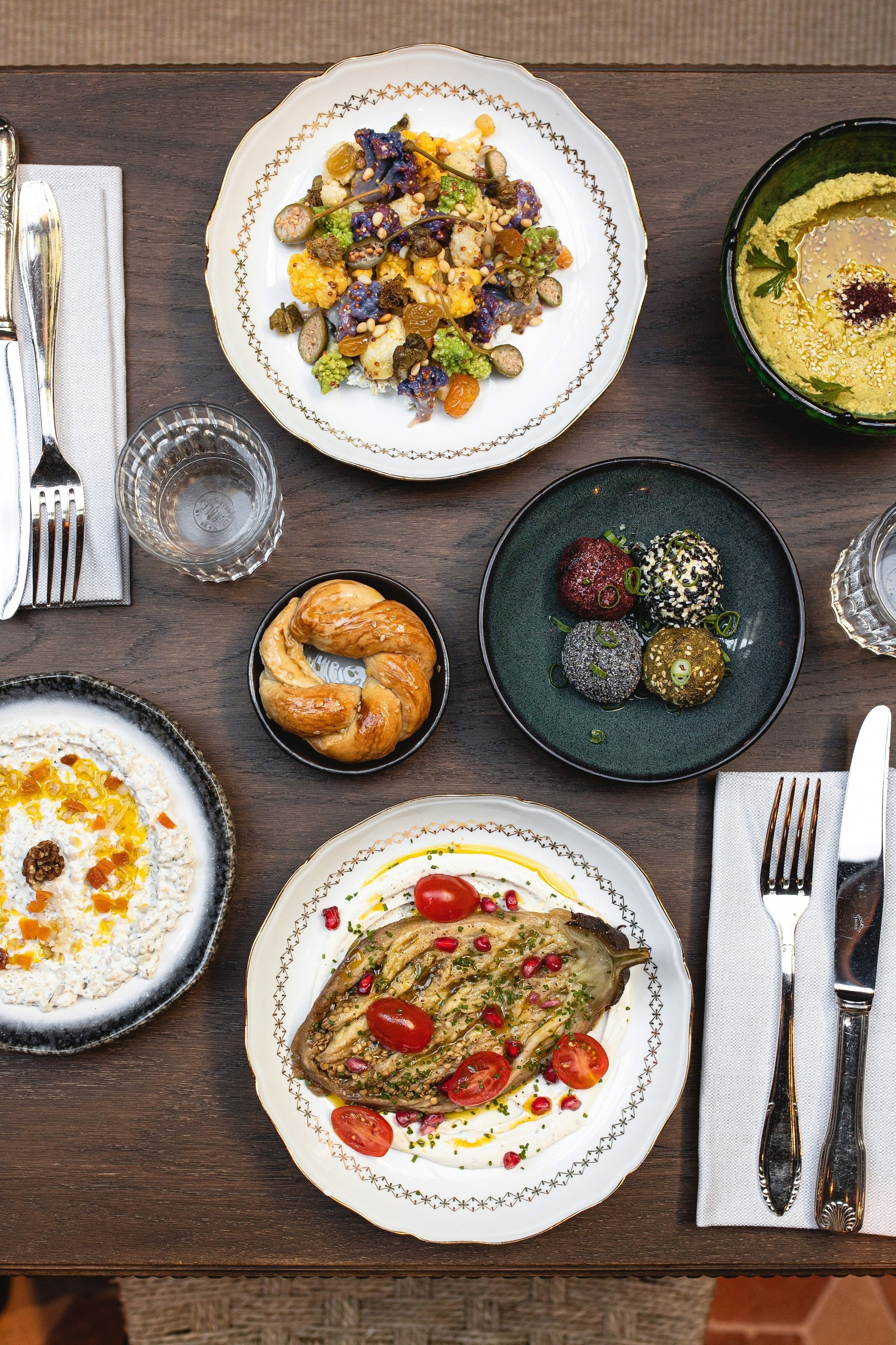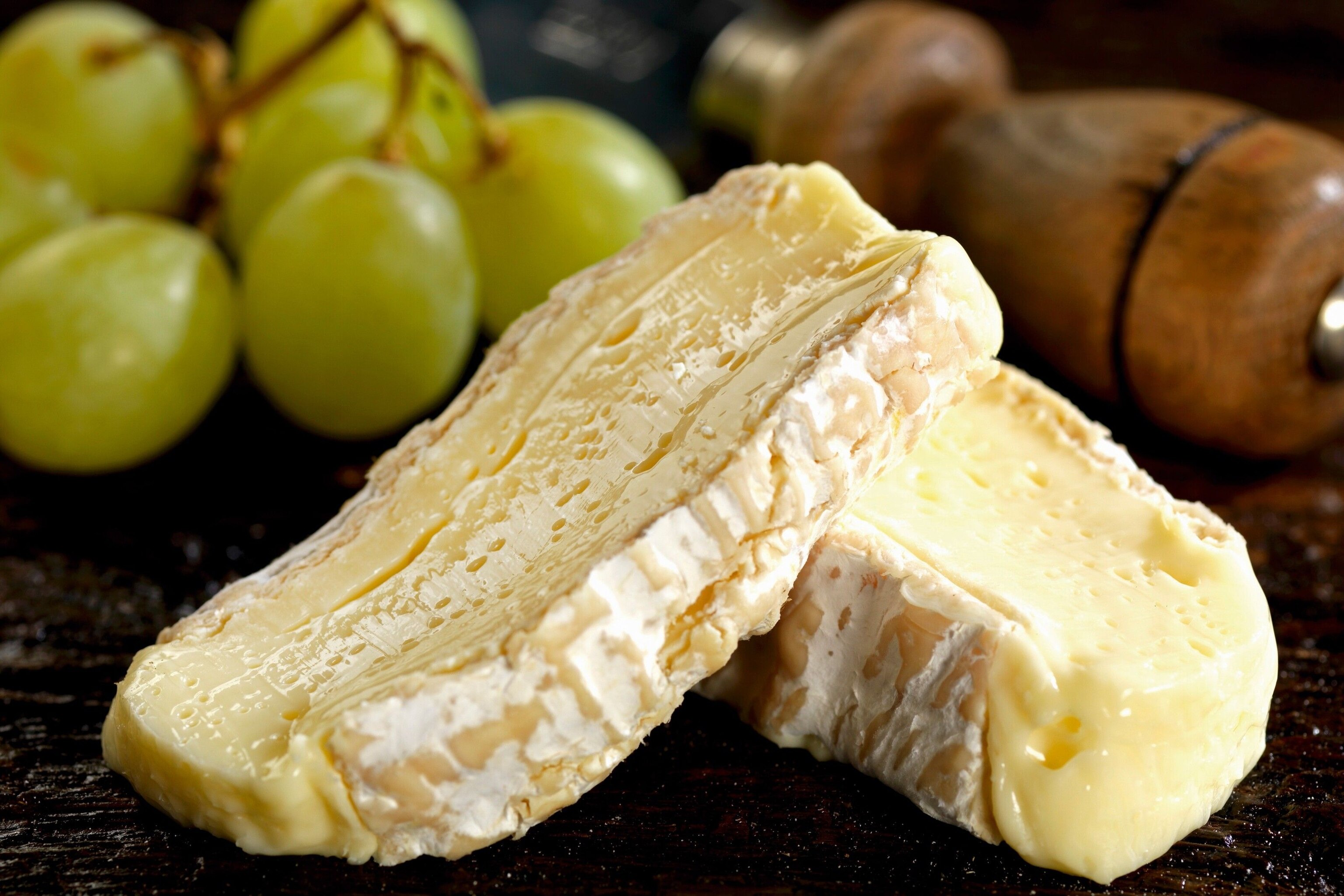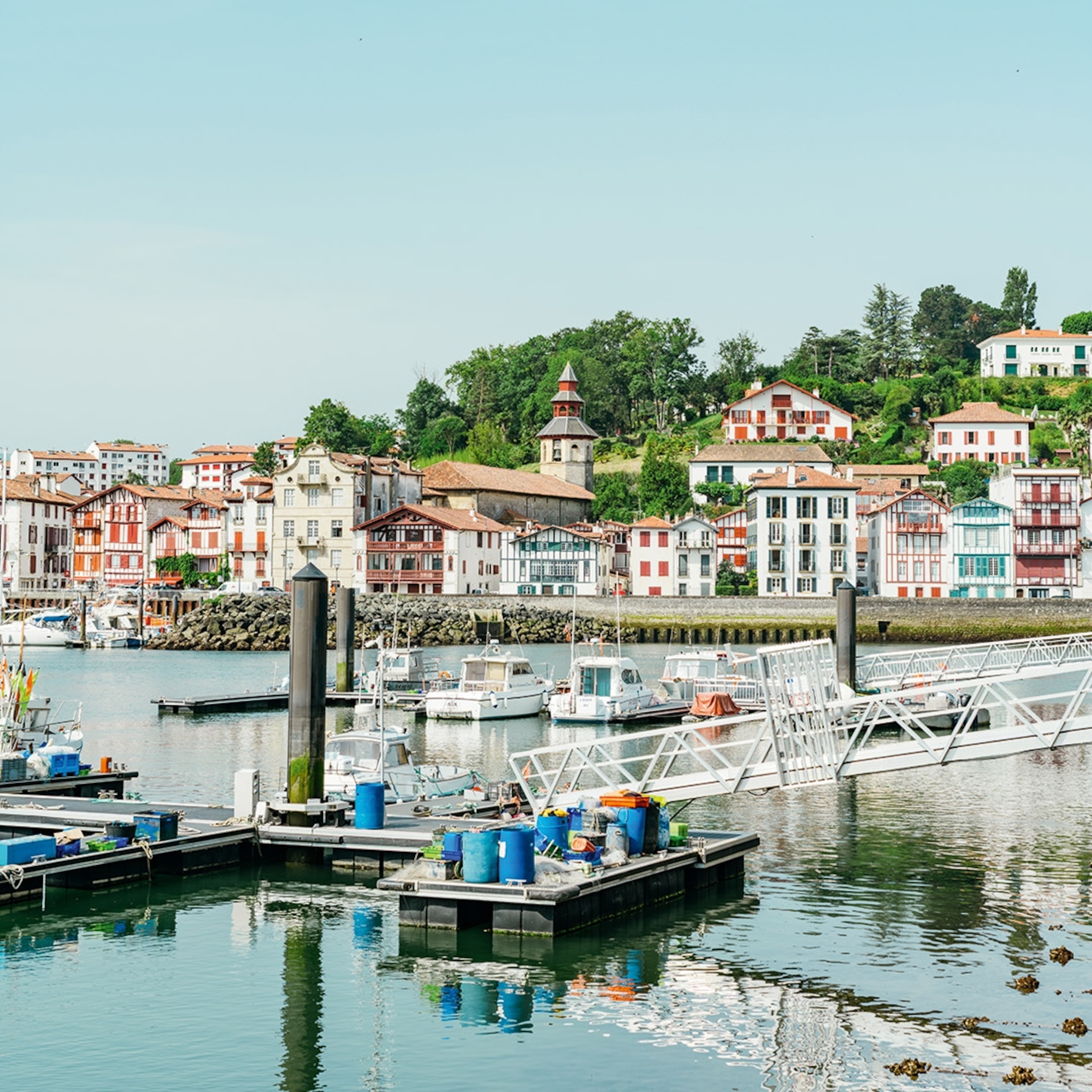Why Paris's 20th arrondissement is France's most exciting culinary destination right now
The French capital’s 20th arrondissement is a snapshot of modern Paris. Beat a trail around its historic streets to discover pockets of old-school Gallic charm alongside a feast of international cuisine.
It’s mid-morning, and Belleville is a giant wrestling match of food. Along its boulevards’ crammed pavements, Malian grocers are flogging sackloads of yam and plantain, muscular Chinese workmen are hauling crates of pak choi and aubergines, and Tunisian vendors are deep-frying sugary bambaloni pastries in quantities great enough to induce diabetes. The pace is relentless. The scent is sweet and the colours are a blur. It’s a cauldron of contemporary Paris — far from the cliches of French cuisine. Here, Breton galettes are cheek-by-jowl with Chinese jianbing pancakes; Provençal stews with Moroccan tagines; and traditional French baguettes with Vietnamese bánh mì.

On the terrace of Aux Folies, a venerable local bar, regulars languidly observe all this activity over a croissant and café au lait. “This is a neighbourhood of the people,” says Wally Senhadji, an Algerian who began working here in the 1990s. “It has a beautiful mixture. There’s nowhere else like it.”
Densely populated and stuffed with delicacies, Belleville is perfect for flaneurs and its food is best sampled on foot. Up the steep, slanting Rue de Belleville towards the Pyrénées Metro station, for example, there’s featherlight Syrian falafel; sticky-sweet Cantonese char siu bao (barbecue-pork buns); salty Colombian black bean empanadas; fatty, Laotian saï oua sausage; garlic-coated Turkish lahmacun (flatbread); and some of the finest bistros in Paris. If Hemingway called Paris a moveable feast, then Belleville is a walkable feast.

“The area has a strong, independent identity,” says Wally, patting his belly with a mischievous grin. “And it’s full of little places to stumble on, so you can at least burn some calories going between them.”
Stretching from Belleville in the north to Porte de Vincennes in the south, the 2.3sq mile wedge that makes up Paris’s 20th arrondissement has long had an irreverent streak. It was here, on 28 May 1871 in Père Lachaise cemetery, that the last stand of the Paris Commune took place, when 147 of its fédérés soldiers, part of a radical uprising that seized control of Paris, were executed by the French army. Édith Piaf, the working-class cabaret singer who defined an era of French music, was born in Belleville in 1915.
Back then, and for decades afterwards, the 20th arrondissement — le vingtième — was considered a culinary wasteland on the margins of the French capital. But this didn’t deter Philippe Pinoteau, who’s been at the helm of Le Baratin, alongside his wife Raquel Carena, for 30 years.
“We’re by far the oldest bistro in the neighbourhood,” says Philippe. “It was deserted when we arrived. It was a place where only the poor and immigrants lived. But that’s not a bad thing — we came to love this place. It’s animated and worldly.”

The same could be said of Le Baratin itself, which has earned a reputation as one of the capital’s finest kitchens, offering traditional French dishes in an understated and particular, if not exactly modern, way. The blanquette de veau (veal stew) is a sensationally buttery sense of home comfort; the boeuf parmentier (beef and potato casserole) a farmer’s hug on a plate, and the lamb curry is a delicately spiced nod to the multicultural neighbourhood.
To begin with, Le Baratin was simply a wine bar serving basic snacks, but as Raquel honed her trade, the food became the draw. Yet it resists being easily defined. Although its beige walls are covered in oil paintings and the floor is a hotchpotch of old, colourful tiles, the duo prefer British Maldon salt over French fleur de sel and have a selection of natural wines that would be the envy of any hipster sommelier. But time marches onwards and a changing of the guard could be on the horizon as the pair evaluate their future. “We might not be around for much longer,” says Philippe, somewhat mournfully. “Everything has an end.”
A few blocks away, one such succession is already underway. Years ago, while working as a waiter elsewhere, French-Algerian chef Sofiane Sadi Haddad would go to Le Baratin two or three times a week to learn from Raquel. “I would ask her all sorts,” says Sofiane, of this informal, year-long education. “‘Why so much salt?’ ‘Why cut the meat like that?’ She taught me everything I know, out of pure generosity.”

Now head chef at Babel, a hotel in Belleville that opened in October 2021, Sofiane — along with French-Afghan chef Claire Féral Akram and Syrian Haitham Karajay, who had participated in Paris’s Refugee Food Festival — is complicating the idea of what French food really is. The kitchen’s veal brains are breaded, fried and served with cooling coriander raita. The succulent dumplings, a nod to the local Chinese community, are stuffed with Lozère lamb. And playing on the classic Paris-Brest pastry, the pistachio and rose petal-draped ‘Paris-Damascus’ conjures sweet-toothed memories of the Middle East. “We take our inspiration from what’s out there,” says Sofiane.
It certainly helps that le vingtième are full of inspiring ingredients. With a network of supply chains to French farms, the half-a-dozen markets here bring fresh produce to residents several times a week.
Despite its low profile, the Marché Réunion, to the far south of the arrondissement, is a gastronomic market par excellence. At one stand, gorgonzola is served by the ladleful. Another is under attack from an army of Cancale oysters. And at a third, enormous bunches of grapes hang from the stall like jungle vines. “You won’t find a tastier grape than this anywhere,” beams Mahmoud El Seady, who’s had a stall here since 2009. “Not even if you paid €1,000 in a Michelin-starred restaurant.”
At the Marché Reunion, made up of some 50 stalls centred around a circular fountain, a loyal clientele has been eating like this for centuries. There’s crispy-skinned poultry, slabs of rich rabbit terrine and chocolate-specked brioche. “This is how real Parisians eat,” says Mahmoud. “You just don’t know it, because we’re not next to the Eiffel Tower.”
Yet parts of le vingtième adhere to a more stereotypical image of Paris — a string of garlic slung over the shoulder, a baguette in hand. And at Le Vieux Belleville restaurant, that image is self-consciously preserved.
Evoking simpler times, the tightly packed tables are covered with pitchers of full-bodied Merlot, sprawling cheeseboards, plates of golden frites and cuts of tenderloin submerged in a beefy, brown sauce. At weekends, a chanteuse performs post-war French classics that span all the hits by Belleville’s most famous daughter, Piaf, cheerfully encouraging diners to join in.
“Allez, allez, allez,” says Malène Lamarque, flamboyantly flicking up her dress and dancing around the room with her accordion. “Avec mes souvenirs, j’ai allumé le feu…”
Viewed from Parc de Belleville across the street, the Eiffel Tower twinkles seductively in her lightbulb dress. Inside Le Vieux Belleville, meanwhile, a pile of glistening camembert slices and another half-litre of Merlot arrive at the table. With gluttony-induced fatigue setting in, finishing it will take one last, rousing effort. Has this gone too far? Non, as Piaf would say, je ne regrette rien.

Five foods to try
1. Brie de Meaux
Produced northeast of Paris, this local favourite is sweet, buttery and covered in a thick, white rind.
2. Fromage de tête
The jellied slab of the insides of a calf’s or pig’s head, marbled together and served cold, is a challenging but hearty taste of working-class Paris.
3. Baozi
Belleville’s Chinese community’s fluffy, steamed buns, oozing with sticky, barbecued pork or packed with vegetables, are unmissable.
4. Baklava
An array of layered, syrupy filo pastries stuffed with nuts are churned out by the many local Tunisian bakeries.
5. Champignons de Paris
Once cultivated in the city’s catacombs during the 17th century, these fungi are now grown underground in urban farms.
Three of the best restaurants to visit
1. Le Grand Bain
Small plates, natural wine and in an up-and-coming location: on paper, Le Grand Bain fits all the Paris dining trends, but it can’t be boxed in. Chef Emily Chia, once of St John in London, devises a changing menu, but the Marseilles panisse (chickpea fries) with curried mayonnaise — a witty take on chips and curry sauce — and gougères au lardo di Colonnata (salty, fatty choux pastry) are notable mainstays. From around €40 (£34) per person, including wine.
2. Paloma
Olivia Brunet and Marie-Anna Delgado opened this spot in January 2021. Olivia, a cabinetmaker, furnished their venue with vintage pieces, while Maria-Anna, former head chef at Le Dindon en Laisse, is concocting seasonal daily menus that elegantly and inventively feature everything from trout to stuffed cabbage and pig’s trotters. There are also tasty ‘grocery’ products, such as pies and duck confit, to takeaway. From around €30 (£25) per person, including wine. 93 Rue Julien Lacroix.
3. Chantefable
With its huge mirrors, art deco touches and Toulouse-Lautrec reproductions, Chantefable has a turn-of-the-century vibe. This typical Parisian brasserie is all about generous plates of steak tartare, entrecôte and andouillette sausage, as well as decadent seafood platters and classic duck confit. Leave room for the dark-chocolate-dunked profiteroles, or the vanilla-infused crème brûlée. From around €50 (£42) per person, including wine.
Published in the April 2022 issue of National Geographic Traveller (UK)
Follow us on social media
Facebook | Twitter | Instagram







